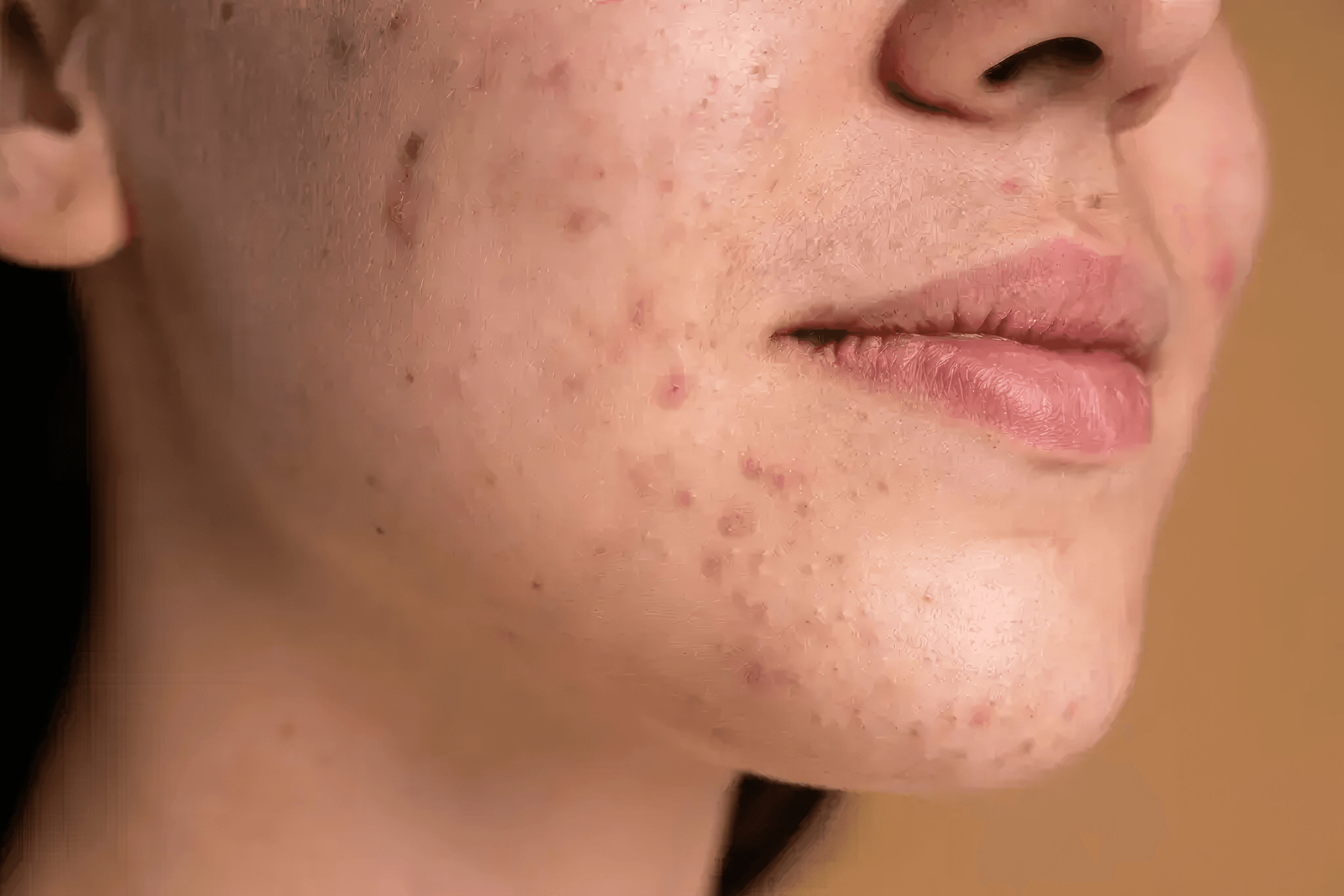If you’ve had to deal with melasma you know figuring out what triggers it and how to treat it can be overwhelming and frustrating. Even though it was first described by Hippocrates over 2000 years ago, we’re still learning more about it. (Skin is amazing and complex!)
Let’s break down what it is, what we know, and some concrete ways to manage and treat it.
What is Melasma?
Melasma is a type of hyperpigmentation that often shows up as a symmetric pattern on the face, chest, neck, arms and other places of sun exposed skin. It can show up as brown, grayish-brown, or even blue-grayish if it’s happening deeper in the skin.
How common is melasma
Melasma can affect all of us, but skin type, gender, and where you live all can play a role in melasma. It tends to be less common for those of us with very light or very dark complexions. Geography also plays a role because of UV exposure - Scandinavian countries estimates are around 1%, while estimates in Brazil and India are around 34% of women and 6% of men. Because it can be triggered by the hormonal changes during pregnancy (and birth control), women tend to experience melasma more often.
What triggers it
Unfortunately, this is not an easy answer… there are a lot of triggers including:
Sun exposure
Pregnancy
Oral contraceptives
Steroids
Certain foods
Ovarian tumors
Intestinal parasitoses,
Hormone replacement therapy,
Some cosmetics and photosensitizing drugs (i.e. retinol),
Procedures like laser and chemical peels
Stress
Genetics (this predisposition is not fully understood yet)
What’s happening under the skin?
Just like there are multiple triggers for melasma, how melasma is formed is equally complex. Here’s a few things we know:
In melasma the pigment producing cells (melanocytes) are enlarged, have more connections to deliver melanin, and are more (metabolically) active.
There is an increased amount of melanin in all the top layers of skin (the epidermis), but not in the deeper layers (the dermis).
The dermis instead shows an increase in: number of active immune cells, increased blood flow, and breakdown of the elastin / collagen matrix.
What does the research show?
A recent study found 95.8% of melasma spots had damages to the membrane between surface and deeper layers of skin, allowing the melanocytes to enter into the deeper layers. This “wrong” environment for these pigment producing cells could be a reason for the constant hyperpigmentation.
Several studies seem to indicate that the major biological signaling pathway in melasma is the stem cell factor / c-KIT pathway. Both stem cell factor and c-KIT levels are increased in melasma spots, and are further increased by UVB light – meaning there is something increasing the basal levels of this pathway and it is even further exacerbated by sunlight. Finally, senescent fibroblasts (due to accelerated aging) also secrete stem cell factor and thereby implicates this pathway as a culprit in melasma.
How do I treat melasma?
Like all things hyperpigmentation, prevention first!! Use sun-screen (SPF 30 at least), keep skin protected and avoid excessive UV exposure. Next, even though the list is long, try to figure out your personal triggers.
If prevention didn’t stop it, here are a few ways to tackle it:
Use ingredients like diglucosyl gallic acid, azelaic acid, ferulic acid, and licorice root that inhibit melanin production
Corticosteroids, mainly via decreasing inflammation which triggers additional melanin production, so an indirect treatment given inflammation is the culprit.
Use antioxidants like vitamin C, niacinamide, and other flavonoids to inhibit reactive oxygen species (ROS)
Target existing pigment with peels*
Laser therapy**
* Chemical peels are often the go to for removal of existing pigmentation, but use with care as it can cause secondary formation of melasma due inflammation, or result in PIH from the skin barrier damage
** Laser therapy is a mixed bag and seems mostly ineffective relative to topical treatment, with melasma either reoccuring relatively quickly, or because of secondary issues related to PIH.
If you’re dealing with melasma or other forms of hyperpigmentation, we know it can be frustrating but don’t worry, there are great treatment options that can help like Even Element.
Read next



